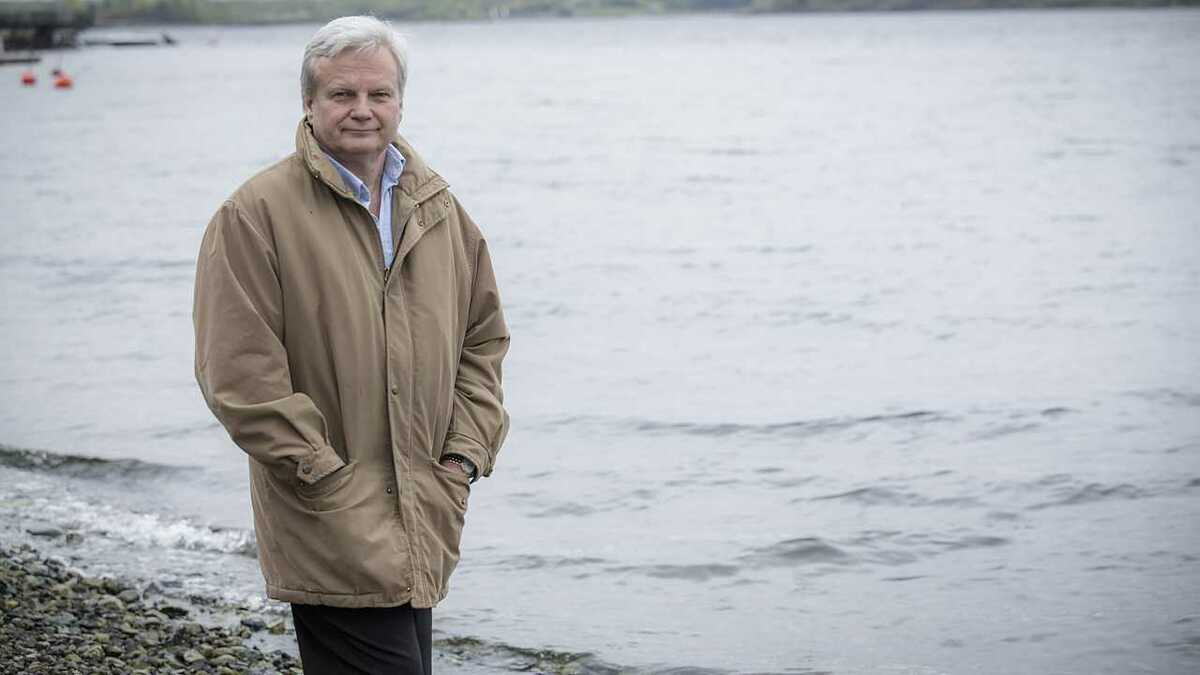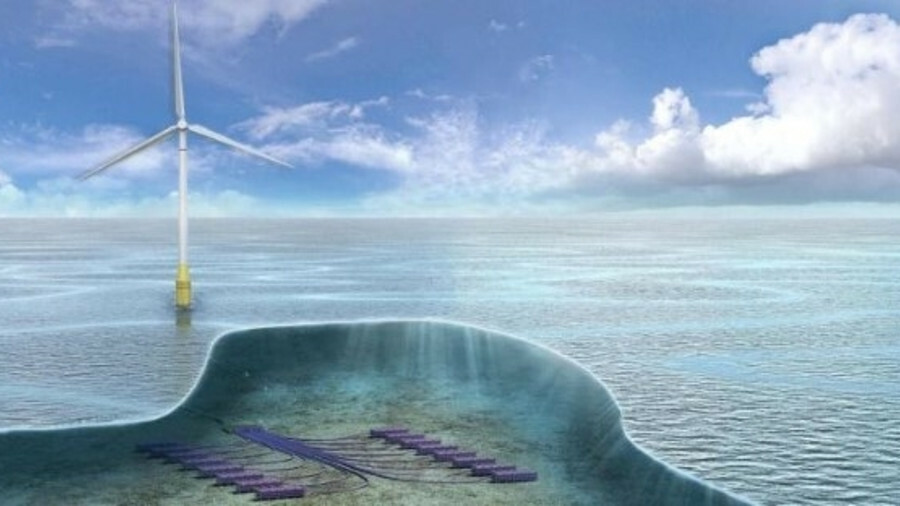Business Sectors
Contents
South East Asia goes to the fount of small-scale LNG
Several South East Asian nations now regard the delivery of LNG in small quantities to customers in remote locations as the solution to one of their key energy challenges. They have monitored the breakthroughs made in Norway and are now preparing to embrace small-scale LNG across their own region.
Indonesia is building nine mini receiving terminals in the eastern part of its vast archipelago that between them will have the capacity to handle 1.4 million tonnes of LNG per annum (mta). Singapore LNG Corp (SLNG) is adding a distribution and vessel bunkering hub capability to its large new import terminal now nearing completion on Jurong island.
Not surprisingly, these countries are making use of the small-scale expertise accumulated in Norway over the past decade as they embark on projects to extend their own LNG supply chains. Not least of those providing assistance is class society Det Norske Veritas (DNV).
DNV has been closely involved with small-scale LNG since helping to develop design and construction guidelines for the 2000-built, Norwegian passenger ferry Glutra, the first vessel that is not an LNG carrier to be powered by LNG.
DNV’s Clean Technology Centre (CTC) in Singapore provides the focus for the class society’s promotion of small-scale LNG in South East Asia. A small-scale LNG delivery network in the region will serve two principal markets, i.e. users of LNG as marine fuel and off-grid customers, including power plants currently burning coal and oil.
In January 2012, DNV CTC established a joint industry project with the Maritime and Port Authority of Singapore (MPA) and 21 industry partners to investigate the operational feasibility of LNG bunkering in Singapore.
The aim is to provide the Singapore Government with guidelines that will enable and facilitate the provision of LNG as marine fuel in what is the world’s busiest bunkering port. The island nation’s first LNG import terminal is nearing completion and is being built primarily as a receiving point for imported gas that will be used as a residential and industrial fuel. However, a secondary role for the Singapore terminal as a regional LNG distribution and bunkering hub is also envisaged.
In August 2011, in the midst of the first phase of construction work on the new terminal, SLNG commissioned a secondary berth project. This scheme will provide the terminal with two additional jetties to complement the original primary jetty, which is being built to cater for LNG carriers in the 120,000-265,000m3 size range.
The secondary jetty is designed to accommodate LNG carriers of 60,000-265,000m3 while the tertiary jetty will handle smaller LNG ships and barges with cargo capacities in the 10,000-40,000m3 range.
The Indonesian plan for nine small LNG terminals in the eastern part of the country is being developed by state energy firm Pertamina and state power company PLN on a 65-35 basis. Three terminals - at Pesanggaran in Bali, Maros in South Sulawesi and Semberah in East Kalimantan - are due to be brought onstream by early 2014. The rest would follow by the end of 2015.
Indonesian government officials began visiting Norway, including Gasnor’s LNG production plant and terminal at Kollsnes, in 2009 to get an idea of how best to configure their own small-scale LNG infrastructure.
In recent months DNV CTC has finalised a study on the use of LNG as the main fuel supply for distributed power generation and microgrid systems, a project which is directly applicable to the Pertamina-PLN network. A clear conclusion from the study is that by aggregating demand from small consumers that are off grid, including remote industrial plants and communities served by local electricity microgrids, significant environmental benefits can be achieved in a way that – in most scenarios – will also save money.
In July 2012, DNV CTC unveiled its most recent LNG study. Entitled for LNG in Vietnam, the document concludes that the use of LNG in this South East Asian nation should be competitive with coal imports by 2020.
Key drivers for LNG in Vietnam include a lack of domestic gas resources to sustain the growth of gas usage, the high cost of diesel oil backups and coal imports, and the security of electricity supply. The use of LNG also accords with the country’s own Green Growth strategy and offers an environment-friendly way of helping meet Vietnam’s expected eightfold rise in energy demand by 2030. NS
Related to this Story
Events
TUGTECHNOLOGY '25
Reefer container market outlook: Trade disruption, demand shifts & the role of technology
Asia Maritime & Offshore Webinar Week 2025
Marine Lubricants Webinar Week 2025
© 2024 Riviera Maritime Media Ltd.












